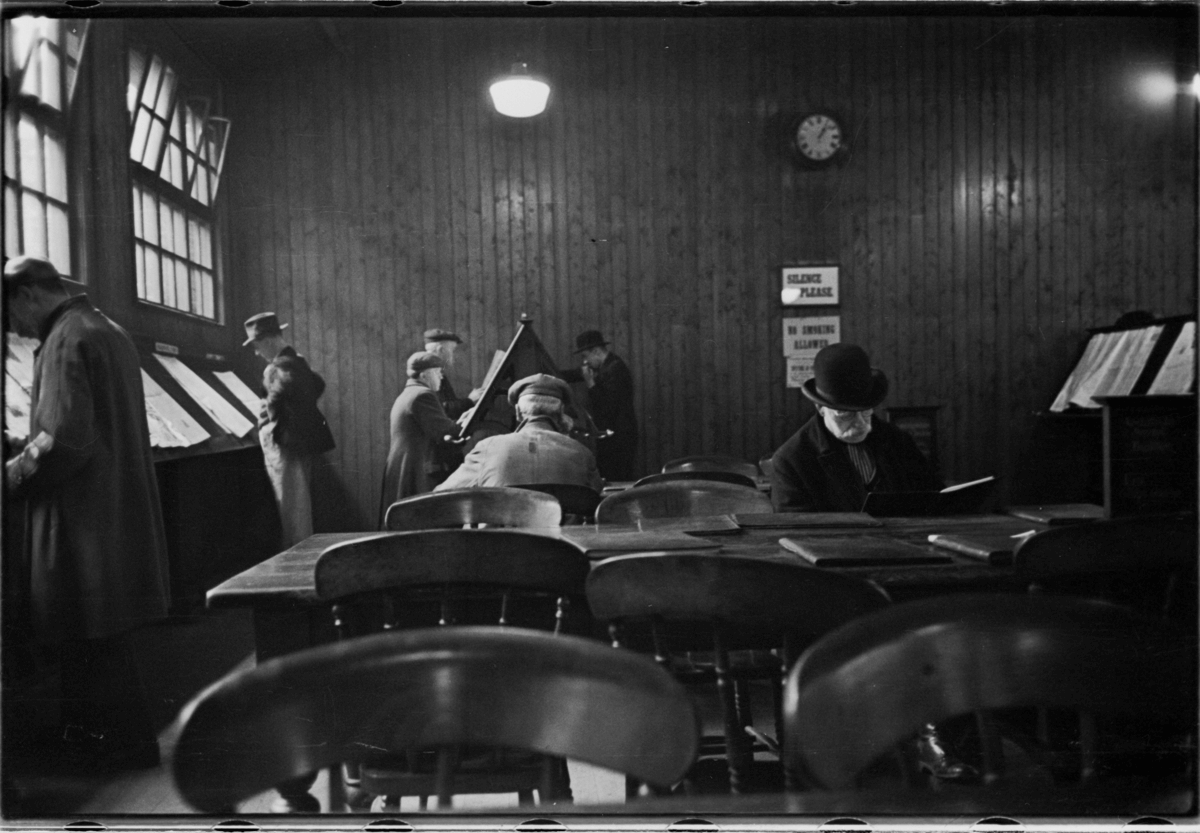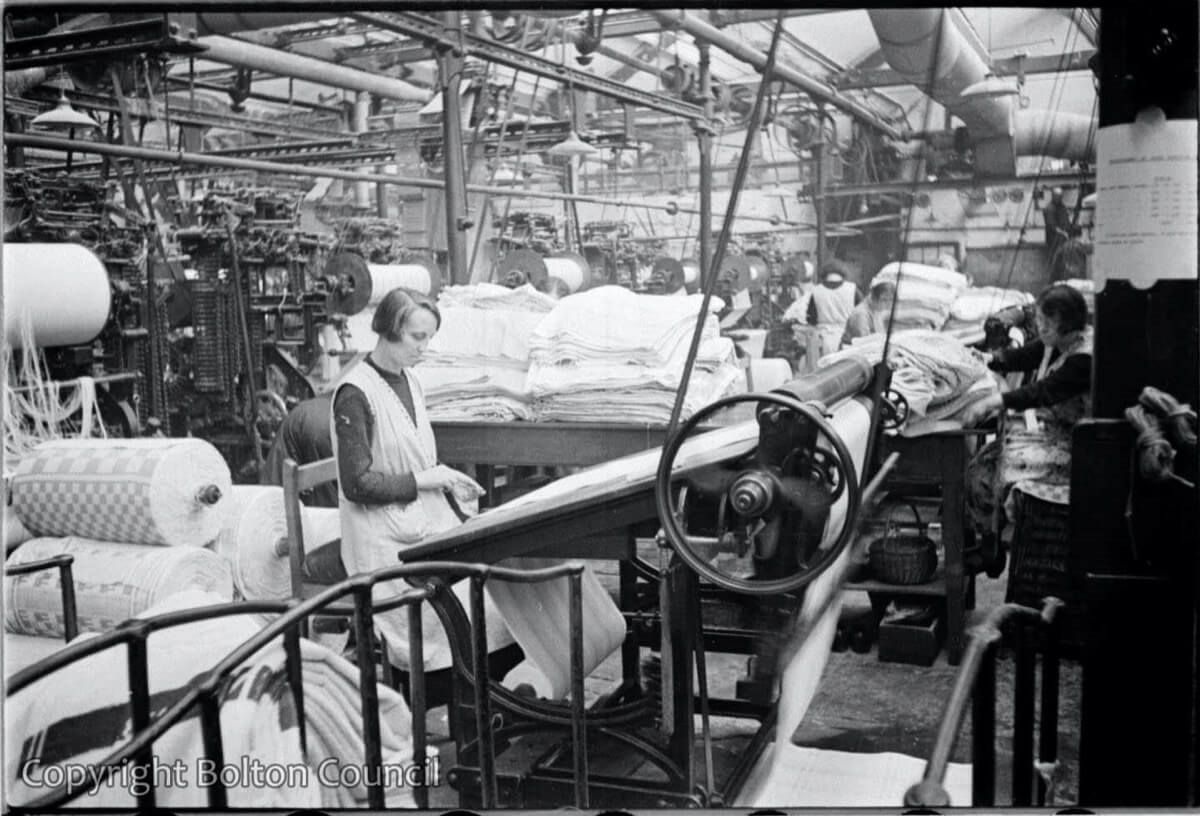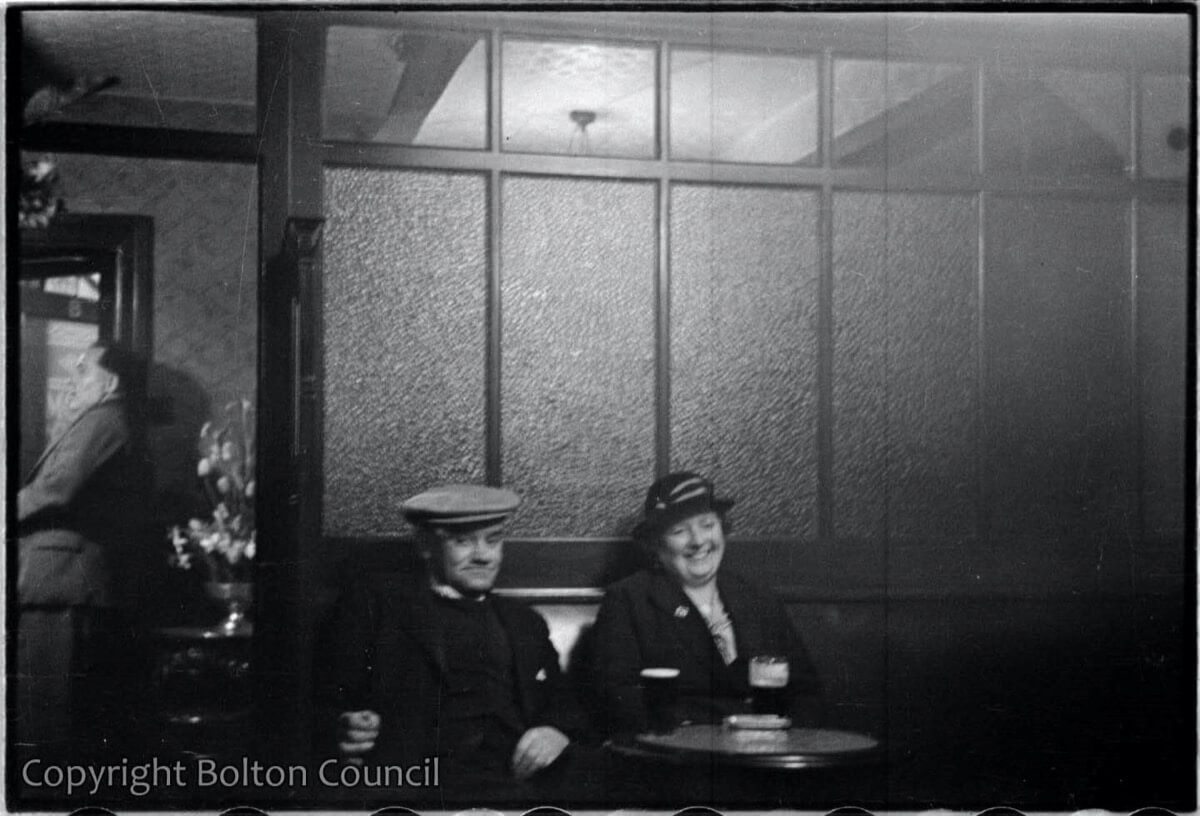Bolton Worktown
Mass Observation
Mass-Observation is a UK social research project; originally the name of an organisation, which ran from 1937 to the mid-1960s, and was revived in 1981 at the University of Sussex.
It was created by three former Cambridge students from Cambridge: anthropologist Tom Harrisson (who left Cambridge before graduating), poet Charles Madge and filmmaker Humphrey Jennings. Bolton was named worktown by Tom Harrison.
Collaborators included literary critic William Empson, photographers Humphrey Spender and Michael Wickham, collagist Julian Trevelyan, novelists Inez Pearn and G.B. Edwards, spiritualist medium Rosemary Brown, journalist Anne Symonds, and painters William Coldstream and Graham Bell. Run on a shoestring budget with money from their own pockets and the occasional philanthropic contribution or book advance, the project relied primarily on its network of volunteer correspondents.
A re-evaluation of the Mass-Observation archives led to a relaunch of the project in 1981. Today, housed at the University of Sussex, Mass-Observation continues to collect the thoughts of its panel of writers through regular questionnaires (known as directives) and is used by students, academics, media researchers and the public for its unique collection of material on everyday life in Britain.



Humphrey Spender
Humphrey Spender’s photographs of Bolton are a unique document of everyday life in a working-class community in the 1930s.
Spender became fascinated with photography at an early age, learning from his idolised older brother Michael. He trained as an architect to please his family but had no real passion or aptitude for the subject. As the global depression of the 1930s impacted on the building industry he was unable to secure a job in architecture and returned to his true passion.
He set up a London based portrait studio and his family connections gave him the opportunity to photograph the rich and famous.
He had a strong social conscience despite his privileged background. Through liberal friends he became concerned about social injustice. He photographed living conditions in the slums of Stepney to draw attention to the causes of juvenile crime and was commissioned by Left Review to document the Jarrow Hunger Marchers.
Spender took around 850 photographs in Bolton and Blackpool on a series of visits between August 1937 and April 1938. He also made several paintings and drawings in the town which were sold to private collectors and have become lost over the passage of time.
Bolton Museum acquired the negatives in the early 1990s and they now form the core of the Worktown Archive.
Upcoming Events
No Events Currently Available